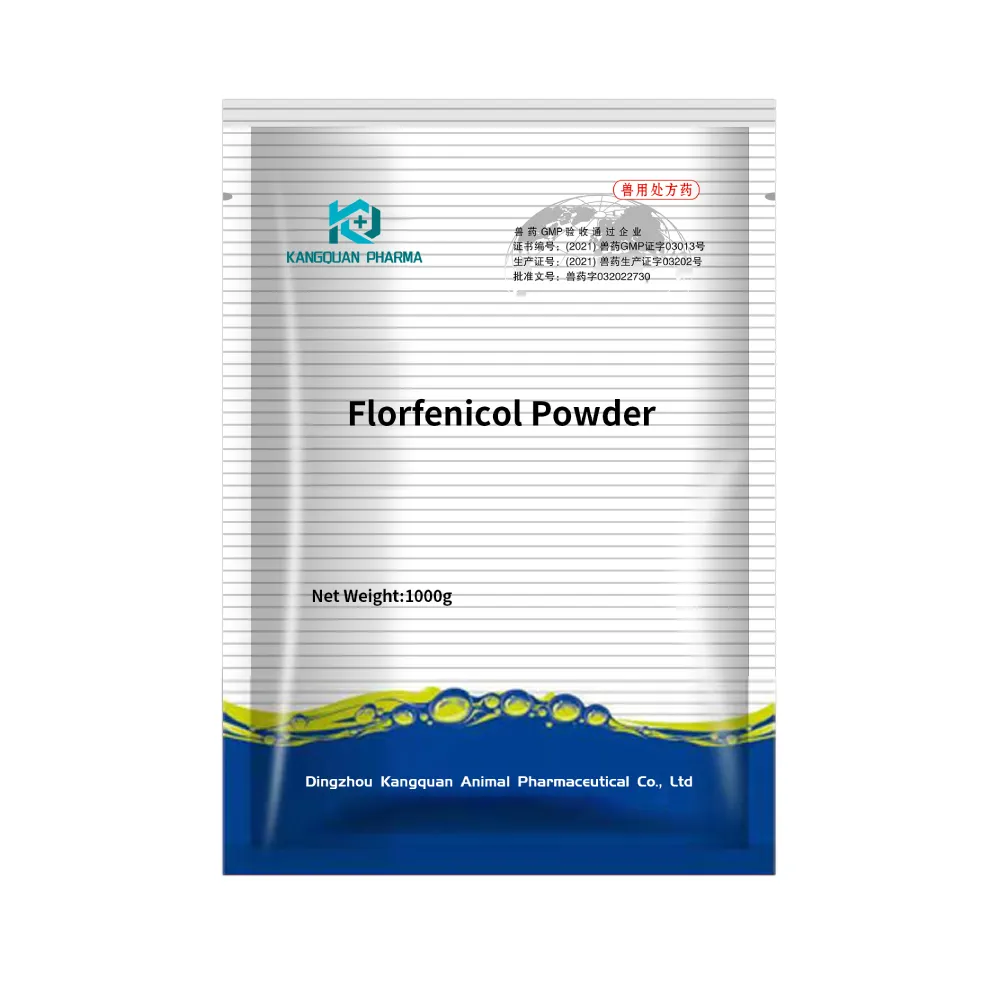- Afrikaans
- Albanian
- Amharic
- Arabic
- Armenian
- Azerbaijani
- Basque
- Belarusian
- Bengali
- Bosnian
- Bulgarian
- Catalan
- Cebuano
- Corsican
- Croatian
- Czech
- Danish
- Dutch
- English
- Esperanto
- Estonian
- Finnish
- French
- Frisian
- Galician
- Georgian
- German
- Greek
- Gujarati
- Haitian Creole
- hausa
- hawaiian
- Hebrew
- Hindi
- Miao
- Hungarian
- Icelandic
- igbo
- Indonesian
- irish
- Italian
- Japanese
- Javanese
- Kannada
- kazakh
- Khmer
- Rwandese
- Korean
- Kurdish
- Kyrgyz
- Lao
- Latin
- Latvian
- Lithuanian
- Luxembourgish
- Macedonian
- Malgashi
- Malay
- Malayalam
- Maltese
- Maori
- Marathi
- Mongolian
- Myanmar
- Nepali
- Norwegian
- Norwegian
- Occitan
- Pashto
- Persian
- Polish
- Portuguese
- Punjabi
- Romanian
- Russian
- Samoan
- Scottish Gaelic
- Serbian
- Sesotho
- Shona
- Sindhi
- Sinhala
- Slovak
- Slovenian
- Somali
- Spanish
- Sundanese
- Swahili
- Swedish
- Tagalog
- Tajik
- Tamil
- Tatar
- Telugu
- Thai
- Turkish
- Turkmen
- Ukrainian
- Urdu
- Uighur
- Uzbek
- Vietnamese
- Welsh
- Bantu
- Yiddish
- Yoruba
- Zulu
8 月 . 30, 2024 13:33 Back to list
Most Commonly Used Antibiotics in Veterinary Medicine
Commonly Used Antibiotics in Veterinary Medicine
Antibiotics play a crucial role in veterinary medicine, helping to treat bacterial infections in various animal species. Understanding the most commonly used antibiotics can enhance the effectiveness of treatment and promote responsible use to prevent antibiotic resistance.
One of the most frequently prescribed antibiotics in veterinary practice is Amoxicillin. A broad-spectrum penicillin, Amoxicillin is effective against a range of Gram-positive and some Gram-negative bacteria. It is commonly used to treat infections in small animals, including dogs and cats, particularly for skin, urinary tract, and respiratory infections.
Cephalosporins, another class of antibiotics, are also widely used in veterinary medicine. Cephalexin and cefovecin are two examples. Cephalexin is commonly employed for treating skin infections and soft tissue infections, while cefovecin is notable for its long-acting properties, allowing for less frequent dosing. This is especially beneficial in practices where owners may struggle to follow medication schedules.
Tetracyclines, such as doxycycline and oxytetracycline, are also prevalent in veterinary settings. These antibiotics are effective against a broad spectrum of organisms, including those causing respiratory infections and certain tick-borne diseases. Doxycycline, in particular, is favored for its efficacy and convenience, as it can be given orally.
most commonly used antibiotics in veterinary medicine

Macrolides like Azithromycin are another important class, especially for treating respiratory infections and certain gastrointestinal disorders in various species. Azithromycin is appreciated for its ability to reach high tissue concentrations, ensuring effective treatment outcomes.
In livestock, antibiotics such as Oxytetracycline and Sulfonamides are commonly used to manage infections and promote growth. However, their use has raised concerns regarding residues in food products and the potential impact on human health. Therefore, regulatory bodies continue to monitor and guide the use of these medications.
It is essential for veterinarians to employ antibiotics judiciously, adhering to guidelines that promote responsible use. This includes conducting culture and sensitivity testing when possible, to ensure the chosen antibiotic is effective against the specific pathogen involved.
In conclusion, antibiotics are vital tools in veterinary medicine. Familiarity with commonly used antibiotics such as Amoxicillin, Cephalosporins, Tetracyclines, and Macrolides facilitates effective treatment while emphasizing the importance of responsible use to combat the growing challenge of antibiotic resistance in both animals and humans. Proper education and adherence to veterinary protocols can contribute significantly to the health and welfare of animal populations and public health overall.
-
The Power of Radix Isatidis Extract for Your Health and Wellness
NewsOct.29,2024
-
Neomycin Sulfate Soluble Powder: A Versatile Solution for Pet Health
NewsOct.29,2024
-
Lincomycin Hydrochloride Soluble Powder – The Essential Solution
NewsOct.29,2024
-
Garamycin Gentamicin Sulfate for Effective Infection Control
NewsOct.29,2024
-
Doxycycline Hyclate Soluble Powder: Your Antibiotic Needs
NewsOct.29,2024
-
Tilmicosin Premix: The Ultimate Solution for Poultry Health
NewsOct.29,2024













